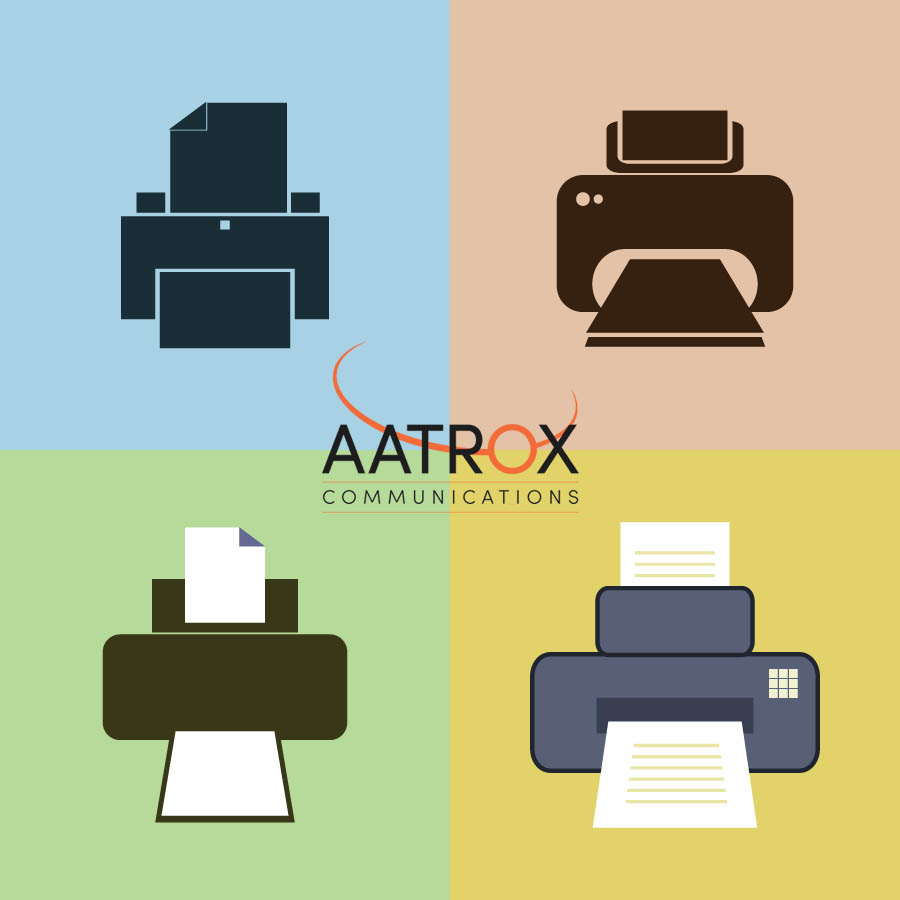As good as traditional VoIP systems are, it’s not always simple to send or receive a fax without a bit of tinkering.
Using VoIP & Fax together
There’s a lot to love about Voice Over IP (VoIP), a tool which allows businesses to use broadband digital networks to deliver voice and data easier, faster, and less expensive than legacy telephone systems.
Businesses using VoIP services no longer have to pay for individual by-the-minute calls, long distance calls or wait their turn for the few available lines. VoIP is also scalable based on traffic and data usage, so can easily grow as a company grows. It’s a big improvement from older systems.
But as good as traditional VoIP systems are, it’s not always simple to send or receive a fax without a bit of tinkering.
(And yes, people still use faxes.)
These devices have some advantages in that they can provide a quick hard copy from one person to another, rather than having to sign, scan and email the same info. Faxes are also more secure than email or online documents, which always have the potential to be hacked or intercepted.
Making it work… Your options
If your workplace is moving to VoIP and away from analog but you still need faxing service, one option is to install a traditional line dedicated only to faxes. This choice can be a little pricy and may not be a great use of your budget or resources unless you send faxes quite often.
Another option is to use your fax through your VoIP network, which might work well internally but may be problematic if you try to fax to someone on a legacy/analog system. They may not get a complete legible fax or receive your fax at all.
If you only send faxes occasionally but still want to be able to easily send them anytime and save money, plus not worry about whether the recipient will receive it, a smart choice is to consider using a SIP trunk, or Session Initiated Initiation Protocol.
A SIP is also VoIP-based but allows some flexibility for fax services. It essentially acts like a bridge between your network and the recipient’s network so faxes can go back and forth easily.
Fax over SIP
What’s required to make a SIP trunk function is making sure your fax machine, your VoIP gateway and your Analog Adapted are all T.38 capable, which is a protocol for sending faxes over SIP data networks.
This program converts the analog fax signal into an image file and then sends it through the broadband VoIP network to the receiving fax machine, which re-converts it into an analog fax signal.
If your machine but not the destination is T.38 capable, your fax may not go through completely.
Provided you have the right SIP hardware, using this fax over SIP method can save you money – you’ll only be charged for the number of calls you make at the same time not the number of lines, whether they’re used or unused.
Virtualisation of the Fax Line
Virtualisation is carried out by hosting one 3CX instance for all customers who are not yet on VoIP.
The fax number is ported to a SIP trunk, and multiple fax services are delivered off the one instance. Fax virtualisation is a great way to onboard a customer who still needs some warming up to VoIP technology and unified communications.
Benefits of Fax Virtualisation
- Consolidation of multiple machines into a single server
- Reduced cost compared to a physical line
- Added functionality i.e. fax to email
- Streamlines server management
If you’re looking to learn more about SIP and other VoIP technologies, check out our additional resources below. Alternatively, feel free to get in touch with one of our SIP trunking specialists for a closer look at your business and how we can help.
Further Reading
Aatrox Communications is an Australian owned and operated full service SIP trunk provider. We specialise in connecting the traditional telephony network to the internet for small and large businesses.

